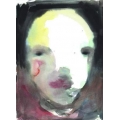 |
Lawrence Beaver
Inner Struggle, Outer Beauty
Portraits Reflect the Artist’s Battle with Mental Illness
Artist Larry Beaver is haunted by voices, faces and hallucinations. Creating art, he explains, can help to alleviate the stress of his mental illness and exorcise his personal demons.
“I often am calmed by making pictures and, at other times, it upsets and depresses me because they are so limited and repetitive,” he says. “On the other hand, I am grateful to be able to do something constructive.”
“Larry Beaver: Journey of a Soul,” exhibited at the Hurn Museum of Contemporary Folk Art, showcases the artist’s tortured struggle in a variety of media. Among Beaver’s haunting portraits is the otherworldly glow of “Waiting,” which depicts four dark figures with heads bowed, to the spiritual pathos of “Suffering,” which renders a pieta scene in abstracted red, white and black pastel. Beaver’s work offers remarkable insight into the poetics of despair.
“He’s found a marvelous way of dealing with his demons,” said Michael Sottile, curator of the Hurn Museum of Contemporary Folk Art. “He captures them on paper. There is an inner struggle in his work. It’s some of the most powerful art we’ve seen.”
Using pastel on paper, Beaver crafts a series of spectral portraits which focus on white visages emerging from, or dissolving into, a black matrix. Working with watercolors, he paints compositions like “Help Me I’m Falling,” a disconcerting portrait of a figure whose face is a melted puddle of emerald, lemon and cherry hues. Oil paintings like “Carnival,” which focus upon a wide-eyed harlequin figure in a red cap and matching costume, demonstrate the artist’s talent for offbeat portraiture.
Beaver, who is the son of an art teacher, enjoyed drawing as a child, frequently sketching scenes of cowboys battling Indians. He briefly attended the Philadelphia College of Art before pursuing a trade in auto body repair, specializing in spray painting ambulances and buses. Due to his mental illness, which may have been exacerbated by long-term exposure to toxic paint, he eventually became disabled in 2000. Now 56, he draws every day, concentrating his efforts on a body of work devoted to portraiture over the past several years.
“His work is haunting and electrifying all at once,” said Valerie Sottile, director of the Hurn Museum. “You have to go in there and pull out what is there for you.”
--Allison Hersh
for The Savannah Morning News
|

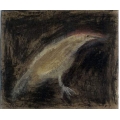
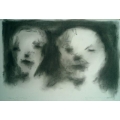
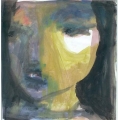
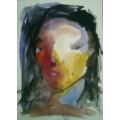
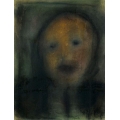
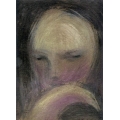
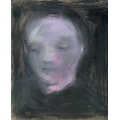
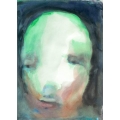
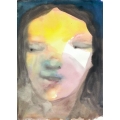
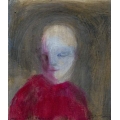
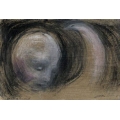

 Categories
Categories Information
Information